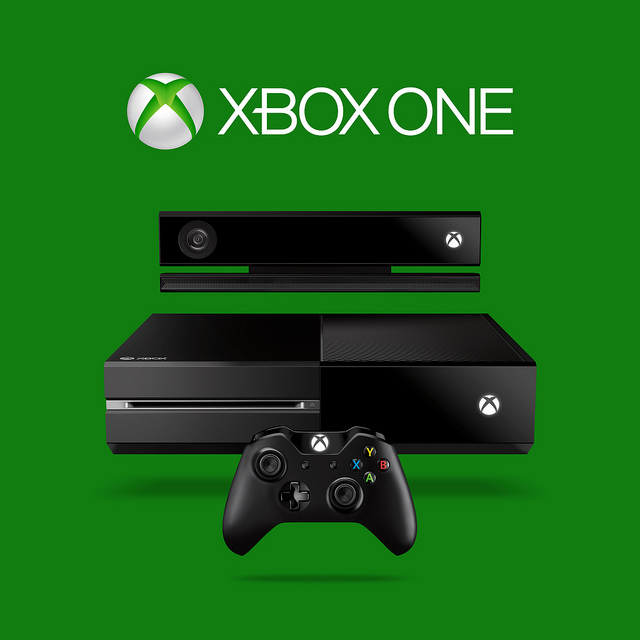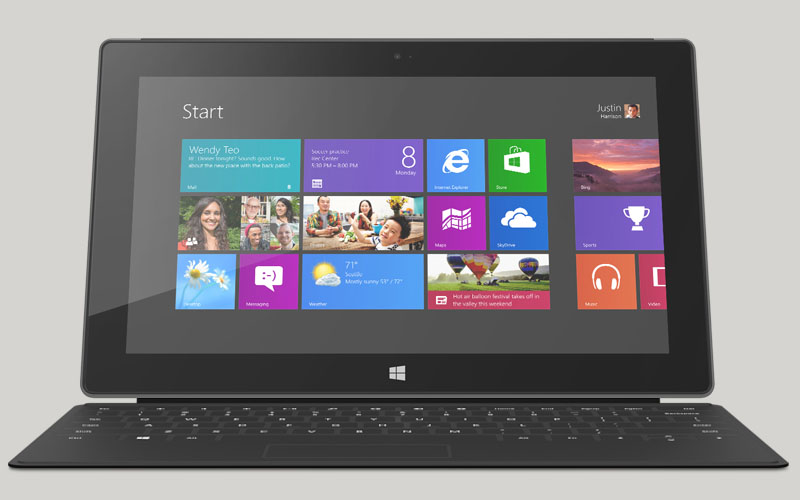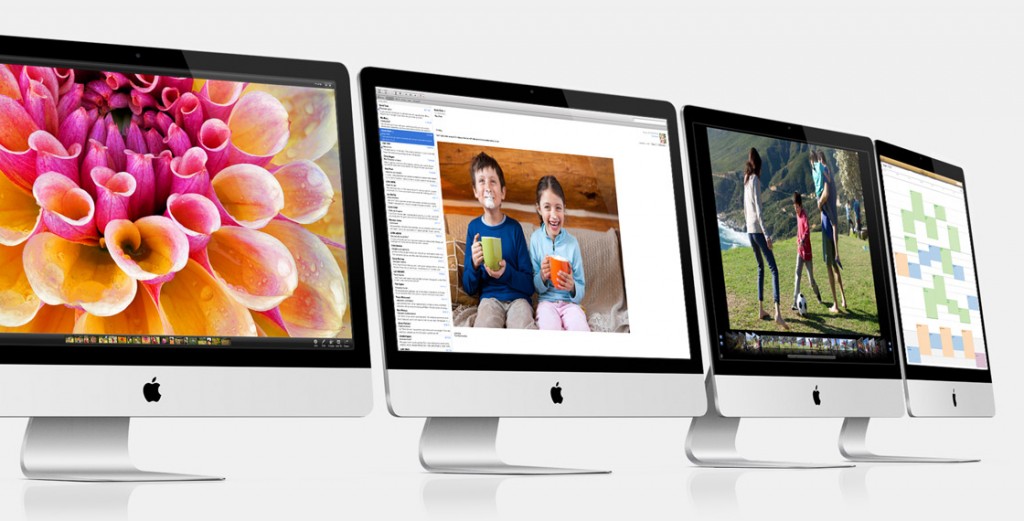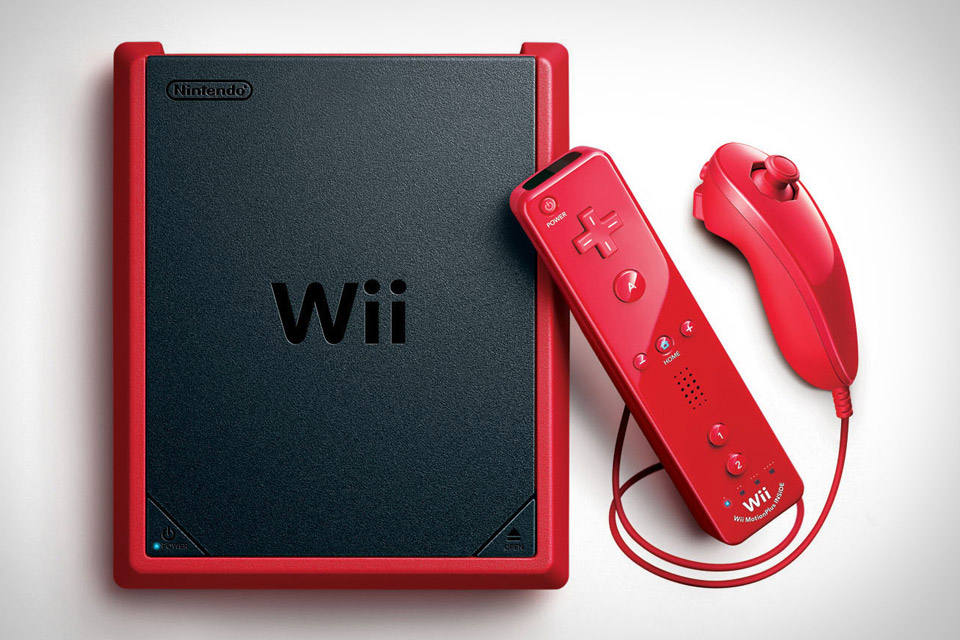
Three days after the Windows 8 release, today Microsoft formally launched Windows Phone 8 into the world. This summer Microsoft fleshed out most of the new features and enhancements that come bundled with the new mobile OS. At the company’s launch event, however, they shed light on a few more tricks up the OS’ sleek sleeve.
Live Apps: At the heart of Windows Phone is Live Tiles. They fill up the Start Screen and they serve two important objectives. They make your phone personal; you can easily rearrange and resize apps and other icons to your heart’s content. In addition, they are connected to the Internet and are regularly updated with the latest information; this institutes a glance-and-go mentality that Microsoft has been pushing since the ringing in of Windows Phone 7. Live Tiles are personal and informational. In WP8, the lock screen is getting a similar treatment with Live Apps. If a Live App is enabled, simply wake your phone up from sleep and you’ll instantly be provided with personalized updated information without digging for it. For example, make CNN or ESPN your Live App and when you check your phone’s lock screen you will be provided with the latest news headline or sports scores without virtually any effort.
Kid’s Corner: This is a neat feature currently exclusive to WP8. In essence, Kid’s Corner is a guest account that you can personalize for your kids or friends or colleagues. There are times when your kids want to steal your phone to play Angry Birds but you are hesitant to let them fool around with it because they might accidentally change settings or mess around with your inbox and other critical information. With Kid’s Corner, you can create a separate Start Screen environment for them to play around in. In Settings, you can choose exactly what apps, games, music, and video gets made accessible for them. Once you password-protect your phone, your personal account will remain untouched and they’ll be forced to swipe to the left and then up to unlock and enter the guest account known as Kid’s Corner.
Rooms: WP8 provides private spaces for you to interact and communicate with your close friends and family. You can create a Room that consists of your small circle of friends and only those invited to it will be able to view and share information inside it. In addition to a private chat room, a Room also allows shared calendars, notes, and photos. Most of the features in Room are exclusive to WP8 devices, but Microsoft says “some aspects” will work across other smartphones as well.
Data Sense: Microsoft is working with mobile carriers to help you keep track of your data usage since the days of “unlimited data” have come and gone. Data Sense is an app that “helps conserve your data allowance by compressing Web images, deferring data tasks to free Wi-Fi, and automatically adjusting your usage as you get closer to your plan limits.” Verizon will be the first to enable Data Sense, and Microsoft says others will join the initiative next year.
Integrated Skype: Since Microsoft bought Skype, it shouldn’t come as a surprise that the communication app will be fully integrated with WP8 when it arrives on the platform soon. You can make and receive Skype calls just like you would a regular phone call, and your Skype contacts are integrated in the People (contacts) hub for easy access.
A growing app marketplace: Since WP7 was announced many developers have hopped on board to support the mobile OS. Currently the Windows Phone Store is home to 120,000 apps. Though this number is low compared to Apple and Android’s offerings, Microsoft is hopeful even more developers will start to pick up the slack and contribute to a growing app marketplace. This holiday season a bunch of popular apps are joining the WP fold such as Angry Birds Star Wars, Cut the Rope Experiments, Disney’s Where’s My Water, LivingSocial, Temple Run, Urbanspoon, “and many more,” promises Microsoft. And early next year, Pandora is coming too with one year of ad-free streaming music to-boot.
With all the software features out of the way, the next logical talking point is hardware. Microsoft has partnered with Nokia, HTC, and Samsung as hardware launch partners for WP8. AT&T will carry the Nokia Lumia 920, the Lumia 820, and the Windows Phone 8X by HTC in November; pricing is TBA. Verizon will carry the Windows Phone 8X by HTC for $199.99 with a two-year contract and the Nokia Lumia 822 (exclusive to Verizon) for $99.99 next month. Another VZW exclusive, the Samsung ATIV Odyssey, will release in December. And lastly T-Mobile will also sell the Windows Phone 8X by HTC (16GB) at $149.99 and the Nokia Lumia 810 at $99.99; these release November 14. The fourth U.S. carrier Sprint is sitting this round out.
If you’re looking for a different kind of mobile experience, Windows Phone 8 is the way to go. With a sleek, modern user interface and an equally attractive hardware selection it isn’t hard to recommend you check out Microsoft’s latest offering. The one (albiet major) drawback is developer support and the app catalog, but if the Store continues to grow at the pace Microsoft is hinting at today then they might just have a mobile platform to finally compete against the likes of iOS and Android.
After the break, Microsoft’s Joe Belfiore gives you an extensive tour of Windows Phone 8.
[Via Microsoft] Continue reading Windows Phone 8 fully fleshed out, smartphones releasing next month →

















